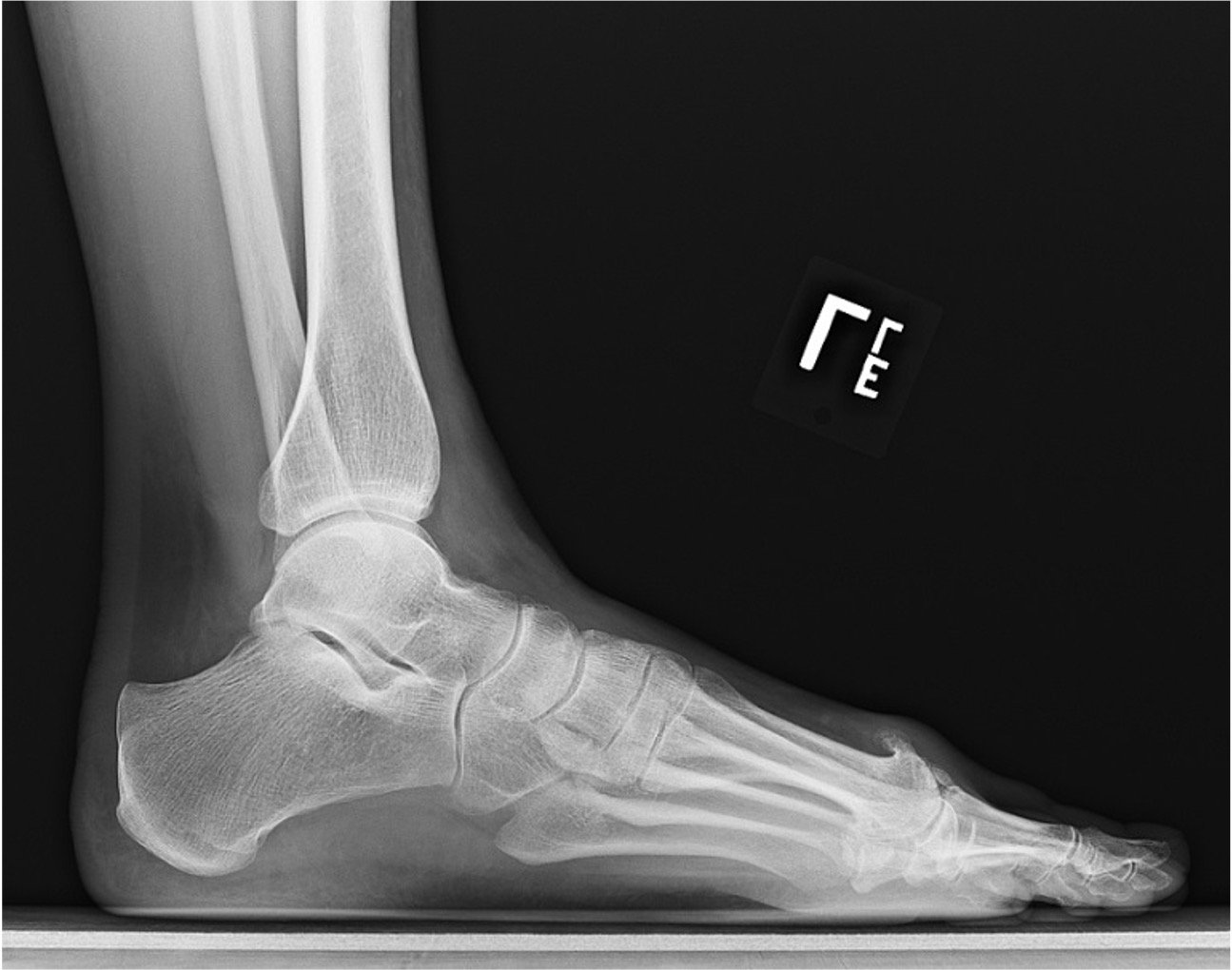Big toe arthritis
Background
The formal term for arthritis of the big toe is Hallux Rigidus. This specifically refers to degeneration at the metatarsophalangeal (MTP). This condition is very common and arises from wear and tear or minor trauma to the toe.
As it gets worse, a bump at the top of the toe forms and can cause pain with shoe wear. The joint also gets more stiff and activities such as running and lunges and yoga become harder to do.
An evaluation of hallux rigidus includes a history of your symptoms, severity of pain and any previously attempted treatments. Physical examination and X-rays of the foot are also necessary to confirm the diagnosis.
Management
Treatment of hallux rigidus typically starts with non-surgical strategies such as activity modification and better shoe wear.
Specifically, a carbon fiber Morton’s extension orthotic can fit into most shoes and support the toe to reduce symptoms. Shoes that feature a rocker bottom also help improve walking gait.
Anti-inflammatory medication, take orally or topically, and cortisone injections also can provide pain relief.
Surgery
When these strategies are not enough, surgery offers two solutions.
A cheilectomy procedure is possible for milder arthritis. The bone spur at the top of the joint is shaved off to eliminate the prominence and improve range of motion. A Moberg osteotomy procedure, cutting a small wedge of bone from the proximal phalanx bone, helps to further improve motion.
Sometimes, the arthritis is too far gone to be treated this way. The alternative surgical procedure is a MTP joint fusion. The fusion allows the bones of the toe to grow together and eliminates arthritis completely. Motion cannot occur through the MTP joint after fusion, but the toe can still bend up and down through a different joint. Patients after fusion have improved pain and function. They can return to activities including hiking, jogging, cycling and yoga. Metallic plates and screws hold the bones together so they can fully heal and typically never need to be removed.
Evaluation of hallux rigidus should be performed early with the help of a foot and ankle specialist. Earlier diagnosis often allows for more treatment options and may help you avoid more invasive procedures. Your doctor will help you understand the options and decide what the best treatment is for you.







